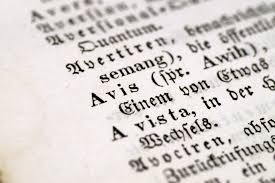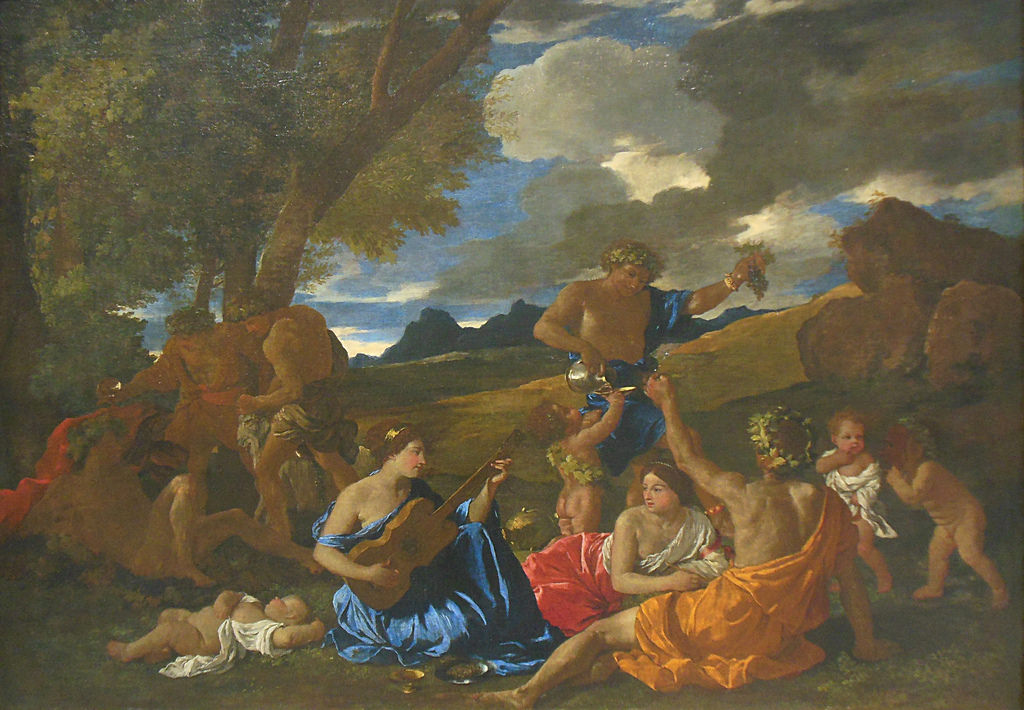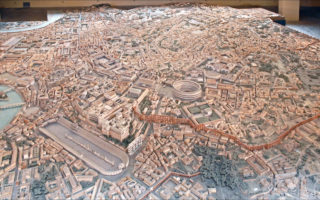Hi all ! How are you ? In this new article, I will introduce you to the Julio-Claudian dynasty. So we will see here, what a dynasty is, of which this one in particular was composed, at what time did it exist…. Now let’s get to the heart of the matter and, above all, enjoy your reading.
What is a dynasty?
A dynasty is quite simply the succession of sovereigns belonging to the same family. For information, the oldest dynasty in the world lasted from -3150 to 2850 BC, from the reign of Menes to that of Qaâ. This was from the First Egyptian Dynasty. Even today, dynasties still exist such as the Saudi dynasty which has existed since 1744 and which was founded by Mohammed ben Saoud Al Mouqrin. Today, it is headed by Salman ben Abdelaziz Al Saoud.
Now that we have just laid the foundations, we are going to look at the composition of the Julio-Claudian dynasty.
Who made up the Julio-Claudian dynasty?
The Julio-Claudian dynasty was made up of the first emperors who ruled the Roman Empire. Therefore, Julius Caesar is obviously not one of them (The Most Famous Popular Belief about Antiquity). This dynasty therefore extended from the first Roman emperor: Augustus, to the fifth Roman emperor: Nero. It was therefore composed of 5 emperors (bravo to those who guessed it). The latter were therefore Augustus (-27 +14 AD), Tiberius (14-37 AD), Caligula (37-41 AD), Claudius (41-54 AD) and finally Nero (54-68 AD) .
Now that we know the makeup of the first Roman dynasty, let’s take a look at what happened during that span of about a century.
The history of the Julio-Claudians
Augustus:
This dynasty unfolded during varying periods in terms of prosperity, calm … First, it began with the reign of Augustus. This period of the dynasty is one of the best. In addition to the fact that he created an empire which would then last for several centuries, Augustus enlarged the Roman lands by rallying regions such as Egypt, Dalmatia, Germany or Pannonia. Also, he stabilized the Empire, allowed many constructions in Rome but also outside Rome. With for example the creation of Roman roads which were very useful for the movements of the Romans for the trade or for the wars. He also set up a standing army and a police and fire brigade system in Rome. He therefore performed important actions throughout his reign which were to be used for many years thereafter.
Tiberius:
The dynasty continued with the reign of Tiberius. During this period, the borders are stabilized, as are the various public establishments. However, Tiberius reformed the coin. Also, he tries to follow in Augustus’s footsteps by following the directives of this denarius. Moreover, although he was a very efficient emperor financially and legislatively, he was also known to be cruel and was often referred to as a tyrant.
Caligula:
Then it was Caligula’s turn to reign. His reign was the shortest in the entire dynasty, with only four years in power. In the continuity of Tiberius, Caligula also holds a good layer. Indeed, he is known to be the cruelest and most insane emperor in the Roman Empire. Also, he is often named as one of the worst political figures in history. However, his short reign began with great popularity as well as great righteousness on the part of the Emperor. But soon after, his attitude completely changed and took the one we all know him today. Apart from all this, he began a conquest in the north of the Empire, in Germany and in Brittany, but he will never achieve his ends.
Claudius:
Subsequently, the fourth emperor who belonged to this dynasty was Claudius. The latter, more or less resembled Augustus as regards the style of command. Indeed, during his reign, he led a policy of expansion by adding the lands of Lycia, Mauretania, Thrace and Noricum. He also led a conquest in Brittany. In addition, he took care of the people living in the Empire, including some residing in Gaul by giving them Roman citizenship.
Nero:
Finally, Nero was the last emperor to reign under the Julio-Claudian dynasty. As with Caligula, his reign began calmly and well. However, it got worse and he grew cruel and mad. He began by eliminating his mother, then gradually, members of his family. Also, following the burning of Rome in 64 AD, he accused the Christian community of being at the origin of this. Thus, because of his character and his way of doing things, the more time passed the more people hated him and the more enemies he made both in his entourage and among the people. His suicide on June 9, 68 AD, marked the end of the Julio-Claudian dynasty.
Summary
To sum up, the Julio-Claudian dynasty had its ups and downs accentuated by the emperor then in office. Indeed, as we have seen previously, it first had a period of good (Augustus, Tiberius) then a period of evil (Tiberius, Caligula), again a good period (Claude) and finally a bad period ( Nero). Throughout its duration, she went from one extreme to another. However, it had the merit of being the first and of experiencing great developments for the Roman Empire.
This article is now complete. Hope you enjoyed it, if so please let me know in the comments space and also tell me what topic you would like me to cover in a future post. Moreover, this one will focus on the second Roman dynasty: “the Flavians”. Also, I will not be able to publish it next week. It won’t be available until February 27. So see you in two weeks!
Receive my free book Around the Roman Coin by clicking here




